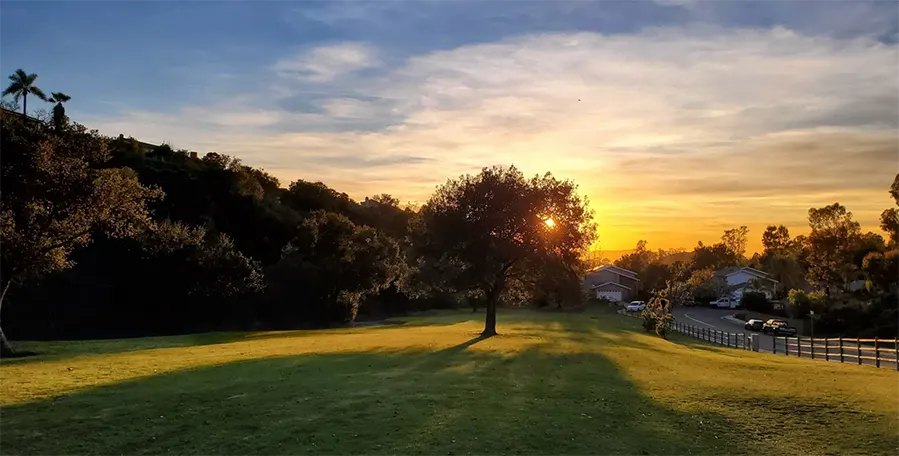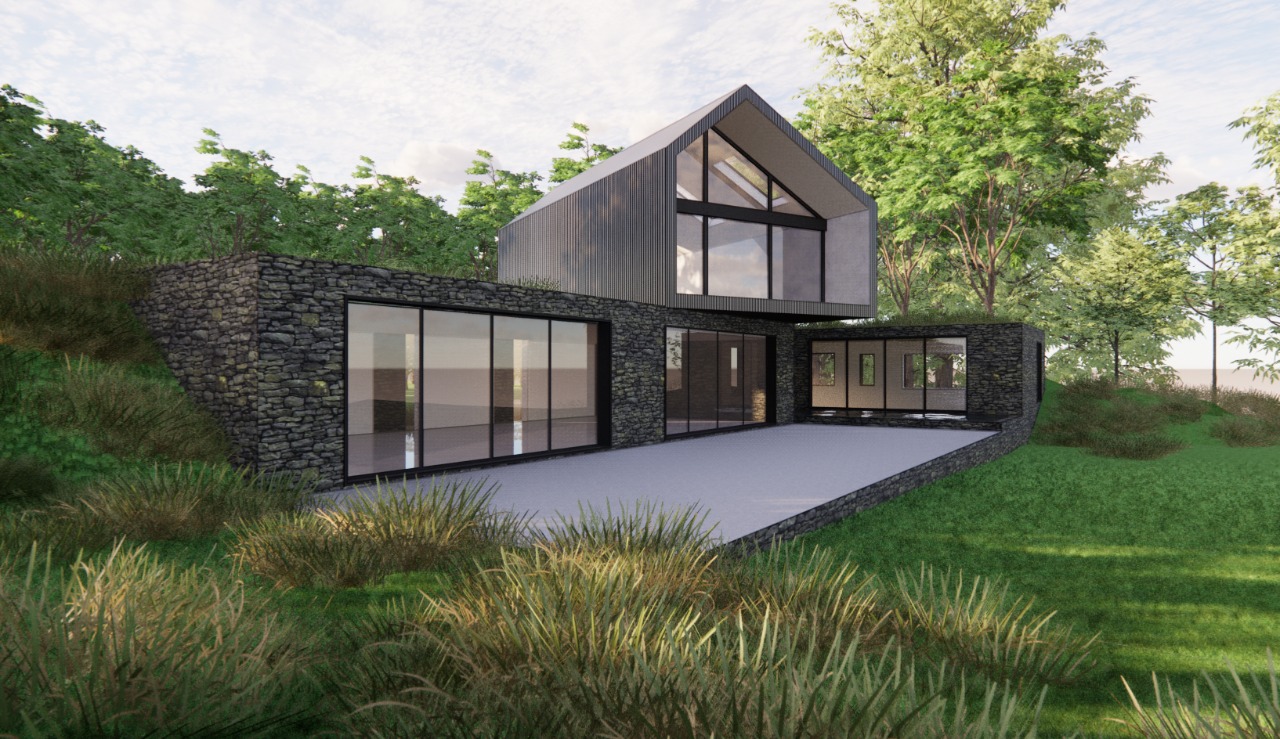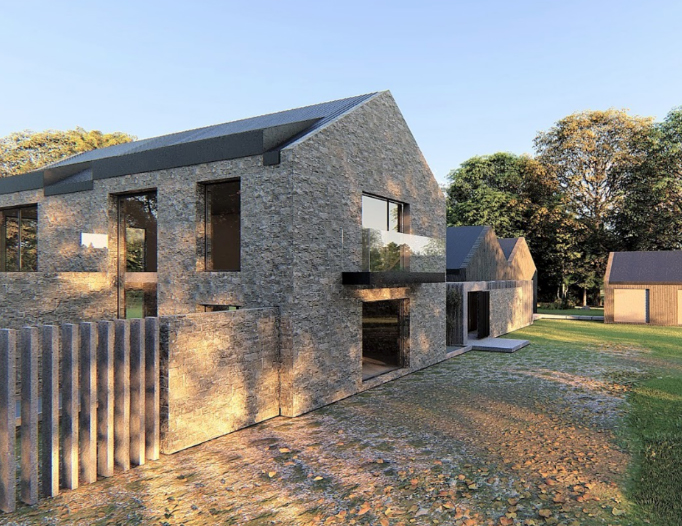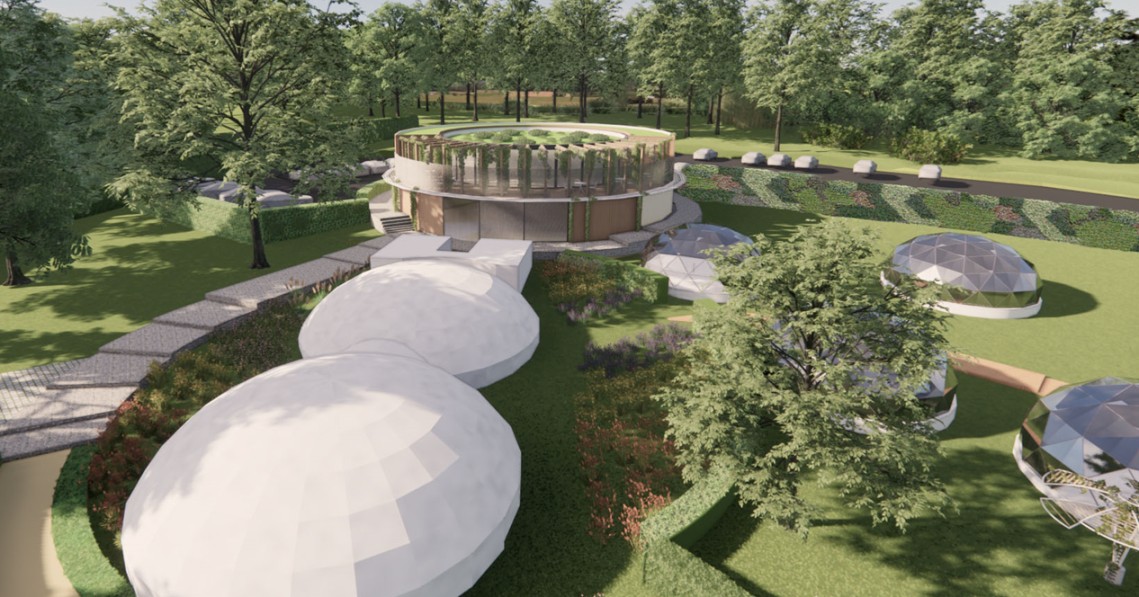How Does the Grey Belt Plan Benefit Developers and Landowners?

What is the Grey Belt?
A greybelt is characterised as previously developed land within a settlement, it draws similarities to brownfield sites but it is specifically for areas which lie within a greenbelt.
These ‘grey belt’ lands are considered poor quality wastelands within the green belt, lacking in natural beauty. Labour has affirmed this:
‘… We don’t think it is right that wastelands and old car parks located on the greenbelt are given the same protections in national policy as rolling hills and nature spots in the green belt.’
New Housing Targets
The government’s housing targets are frequently missed, to combat this there is going to be a push towards optimising the density of development on site. Previously, and in our experience with working with the LPA (Local Planning Authority), the 5 year land supply target was a guide which often gets treated as a guide instead of a requirement and thus limiting scopes within planning.

- Brownfield development first, (meaning before development of greenbelt)
- Develop greybelt second
- 50% of affordable housing
- New public services are introduced when building on greenbelt (GPs, Schools etc)
- Plan to improve existing green spaces
Unlocking the green belt and what this means for developers?
Areas such as airspace and wastelands or underused parking lots become more valuable to landowners with a onus that development can be maximised on these locations to meet housing targets.
There is still a level of uncertainty as to how the greybelt will be integrated in new planning legislation, this will be revealed over time. It is likely that parameters associated with designated lands such as Heritage Assets, Flood Risk zones and Areas of Outstanding Natural Beauty would control development in some ways.
For now the outlook on meeting housing targets means that there will be more incentive for Councils to permit development in greenbelt land.
When approached by developers and landowners there is a clear sense of frustration when attempts to deliver housing on greenbelt land often results in lengthy planning applications with minimal success. Where previous applications have been refused due to the green belt criteria there is possibility that these applications which meet the sustainable location requirements and are considered an infield development opportunity might be reconsidered upon a new submission.
The exciting news as this is set to open up a lot of buildable land on greenbelt which have low biodiversity value. Overall this seeks to improve on what could be formerly disused facilities which are considered an ‘eyesore;’ within the greenbelt. As a developer or landowner it is useful to understand what policies are emerging surrounding this relaxation of greenbelt, it is recommended to seek professional guidance if you think there is potential to capitalise on this movement.
How will grey belt impact affordable homes?
The Labour government aims to offer 50% affordable homes in developing these areas. It is not new news that providing substantial affordable housing in greenbelt areas would in many cases contribute as one of the ‘exceptional circumstances’ criteria and be considered acceptable on these basis.















